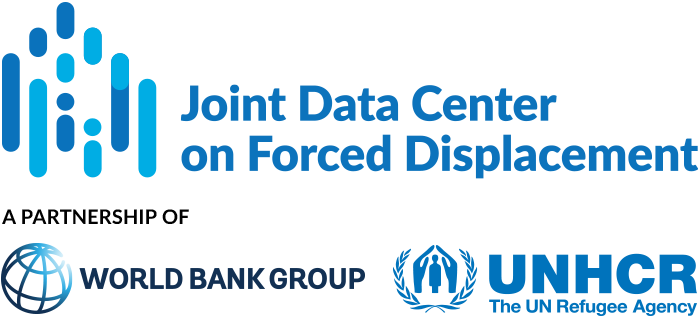This article analyzes the multidimensional aspects of urban marginality of internally displaced persons (IDPs) in Ethiopia. According to IDMC, Ethiopia had more than five million IDPs at the end of 2021. The authors consider three aspects of urban marginality: (1) spatial marginality (physical distance and segregation); (2) social marginality (relations with other urban residents and the city); and (3) symbolic marginality (stigma).
JDC Literature Review
Immediate health and economic impact of the Tigray war on internally displaced persons and hosting households
This paper examines the socioeconomic situation of IDPs and their host communities in the Tigray region of Ethiopia. Conflict broke out in the Tigray region of Ethiopia in late 2020, causing the displacement of 2.1 million people within the region.
A post-traumatic stress disorder among internally displaced people in sub-Saharan Africa: a systematic review
This article reviews the evidence on the prevalence and determinants of post-traumatic stress disorders among internally displaced people in sub-Saharan Africa. The review covers studies in English published up to June 2023 that estimate the prevalence of PTSD (Post Traumatic Stress Disorder) in sub-Saharan Africa. The authors identified 11 studies that meet the inclusion criteria. The studies covered over 11,000 participants from 14 sub-Saharan African countries including Nigeria (4 studies), Ethiopia (3 studies), Sudan (3 studies), Somalia, the Central African Republic, Uganda, and Kenya.
Unknown risk: assessing refugee camp flood risk in Ethiopia
This article explores different approaches for using global data to assess refugee flood risk in refugee camps in Ethiopia. Ethiopia hosts over 870 000 refugees from Sudan, South Sudan, Eritrea, and Somalia, most of whom (90 percent) live in refugee camps. Refugee camps in Ethiopia have a history of flooding, and flood rick is expected to increase with climate change.
Context Matters: The Implications of the Mode of Service Provision for Structural and Relational Integration of Refugees in Ghana and Ethiopia
This article examines how variations in the form of service provision to refugees and host communities in Ethiopia and Ghana affects access and quality of services, the integration outcomes of refugees, and social cohesion.
Do legal restrictions affect refugees’ labor market and education outcomes? Evidence from harmonized data
This paper estimates the impact of refugee policies on labor and education outcomes in developing countries that host refugees.
Impact of Refugees on Hosting Communities in Ethiopia: A Social Analysis
This report examines the impact of refugees on host communities in Ethiopia. As of January 31, 2024, Ethiopia was hosting more than 970,000 refugees and asylum-seekers, 99 percent of them from South Sudan, Somalia, Eritrea, and Sudan (UNHCR, 2024). Most live in camps located in five regional states: Afar, Benishangul-Gumuz, Gambella, the Somali Regional State (Somali Region), and Tigray, near the borders of their respective countries of origin. Apart from Tigray, these are the least developed states in the country, and the refugee camps tend to be in the least-developed areas of these states.
The effects of refugees’ camps on hosting areas: Social conflicts and economic growth
This article investigates the effects of refugee camps on the occurrence of social conflicts and on economic growth in the Africa region. The authors investigate the effect of 140 refugees’ camps listed in the UNHCR Camp Mapping Database in 22 African countries, located within 100 km from a border. Most of the camps are in Ethiopia (26 camps), Sudan (22 camps), Chad (22 camps), South Sudan (9 camps), and Cameroon (9 camps).
Prevalence and factors associated with post-traumatic stress disorder among internally displaced people in camps at Debre Berhan, Amhara Region, Ethiopia: a cross-sectional study
This paper estimates the prevalence of post-traumatic stress disorder (PTSD) among internally displaced people in camps at Debre Berhan, Amhara Regional State, Ethiopia. At the time this research was undertaken, there were three IDP camps in Debre Berhan: Sunflower...
Refugees welcome? Inter-group interaction and host community attitude formation
This paper investigates the role of refugee-host interaction in influencing host community attitudes towards refugees in Uganda, Kenya and Ethiopia. The authors also explore the factors, other than contact, that shape attitudes of host communities towards refugees,...


